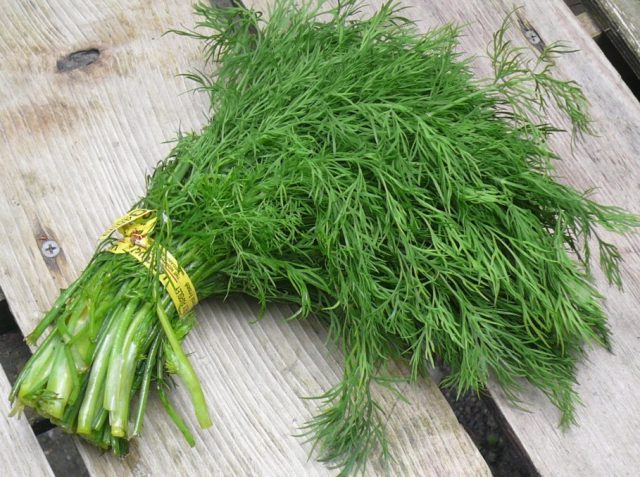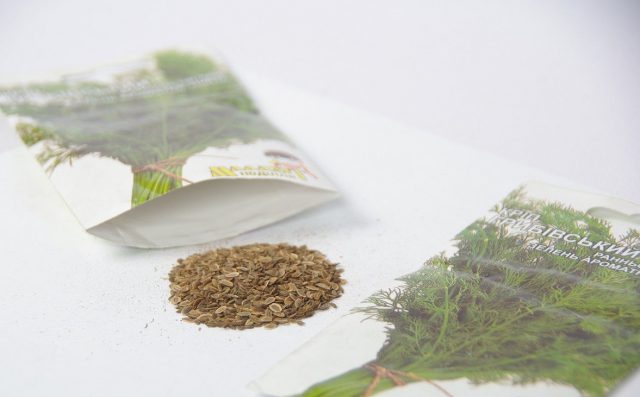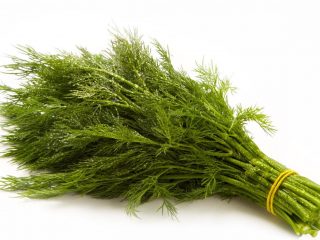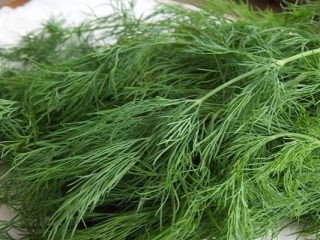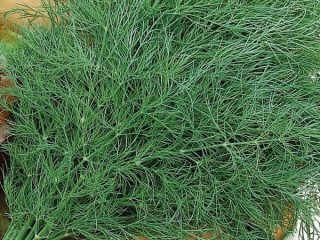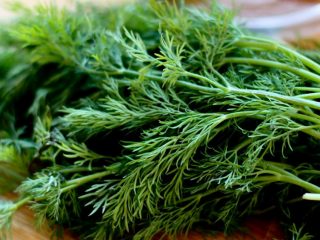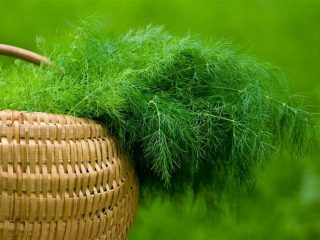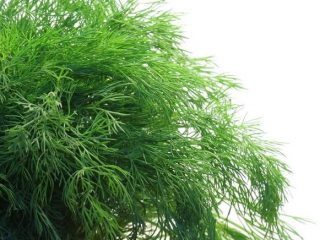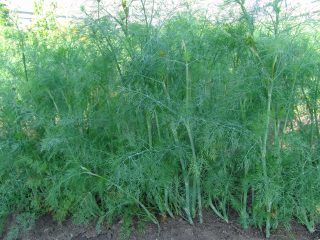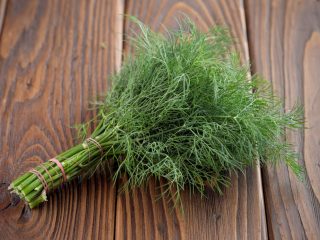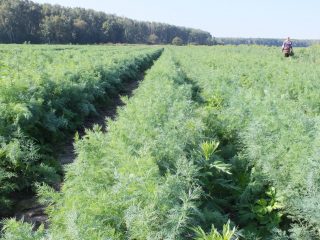Content
Dill is the most common plant among gardeners and gardeners, which is used as an aromatic additive in cooking. These greens are used fresh, dried and frozen, and also added when canning. It was precisely for such purposes that the Gribovsky dill was bred at the All-Russian Research Institute for Selection and Seed Production of Vegetable Crops. The culture of this variety is grown throughout Russia, as well as in Belarus and Ukraine. A photo of Gribovsky dill proves that this plant is universal and is excellent for both fresh consumption and preservation.
Description of dill Gribovsky
The Gribovsky dill variety is an early variety; its greens are suitable for consumption a month after the appearance of the first shoots. Since early varieties differ from later ones in that their foliage is less dense, the Gribovsky variety related to them is recommended to be grown for the purpose of early production of greens, seeds and umbrellas for canning.
According to the description of the Gribovsky dill variety, we can say that this plant is unpretentious and has its own characteristics, its leaves are dark green with a bluish tint and a rich aroma.This plant can retain its taste and aromatic qualities even after freezing and drying. The shoots are smooth and erect, reaching a height of up to 25 cm. With strongly dissected segments. The inflorescences are convex, multi-rayed, their diameter varies from 18 to 30 cm.
For spices, the Gribovsky variety is harvested 55-70 days after sowing. The weight of one mature plant can range from 40 to 53 g.
Productivity
The yield of dill of the Gribovsky variety is quite high; it is used as fresh herbs and in the form of spices for canning. When harvesting greens from 1 sq. m you can collect up to 3 kg, and for spices - up to 5 kg from 1 sq. m.
Sustainability
The resistance of the Gribovsky dill variety to diseases is average, so it is recommended to follow a number of rules for planting it:
- In order to protect the crop from diseases, it should not be planted next to carrots and celery.
- The best predecessors for planting are legumes, cucumbers or tomatoes.
Also, the plant of this variety is susceptible to attack by pests, so it needs to be treated with insecticides.
Advantages and disadvantages
From the general description, as well as a photo of the Gribovsky dill variety, you can understand that this plant has many advantages over other types of dill:
- early ripening;
- good taste and aroma qualities;
- ability to withstand temperature fluctuations;
- unpretentiousness in cultivation;
- versatility of use (both fresh herbs and as a spice for preservation);
- a large amount of essential oils, vitamins and minerals.
The only disadvantage of this variety is that the plant is prone to self-sowing.
Landing rules
From the photo of Gribovsky dill seeds you can see that they are of the same type and the same size. Their germination rate is good, but they require a lot of water. They can be sown in open ground, in a greenhouse, or at home.
Planting this plant in open ground is carried out both by sowing seeds and by seedlings. Sowing can be done multiple times in the spring-summer period with an interval of 10 days, as well as before winter.
Before sowing, the seeds should be soaked in water for 2-3 days, changing the water every 5 hours. Then they are planted to a depth of 1.5-2 cm in prepared fertile soil. Sowing should be done in rows, leaving a distance of 20-25 cm between them. Water abundantly and ensure soil moisture.
Seed germination occurs at temperatures above +3 degrees. The optimal growing temperature is +15-20 degrees.
Growing dill Gribovsky
There are no special rules for planting and subsequent care for Gribovsky dill. Particular attention should be paid to watering the plant. Dill requires moist soil to form greenery, so on hot days watering must be done 2 times a day.
The dill bed should be illuminated as much as possible, since a lack of light will lead to a decrease in greenery and elongation of shoots.
When planting a plant in fertile, well-fertilized soil, additional fertilizing is not required. Nitrogen fertilizers can be added to depleted soil.
Weeding and loosening of the soil is carried out as necessary.Loosening is recommended between rows. But it is undesirable to hill up dill.
Diseases and pests
Dill Gribovsky is resistant to diseases, but it can be infected with the following diseases if you do not follow the rules for planting it:
- cercospora;
- Phomasis;
- powdery mildew.
The greenery of the plant can be damaged by aphids, leafhoppers, and carrot flies. And the root system can be threatened by caterpillars, chafer larvae, wireworms and mole crickets.
The use of tobacco decoction and dust helps against pests. Under no circumstances should you use chemicals, as this can lead to poisoning after eating fresh dill.
Conclusion
Dill Gribovsky is an excellent plant variety that can be used for growing young fresh herbs, as well as for collecting its baskets for preservation. The plant is unpretentious and takes root well throughout Russia.
